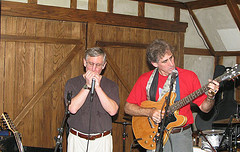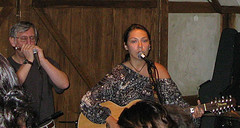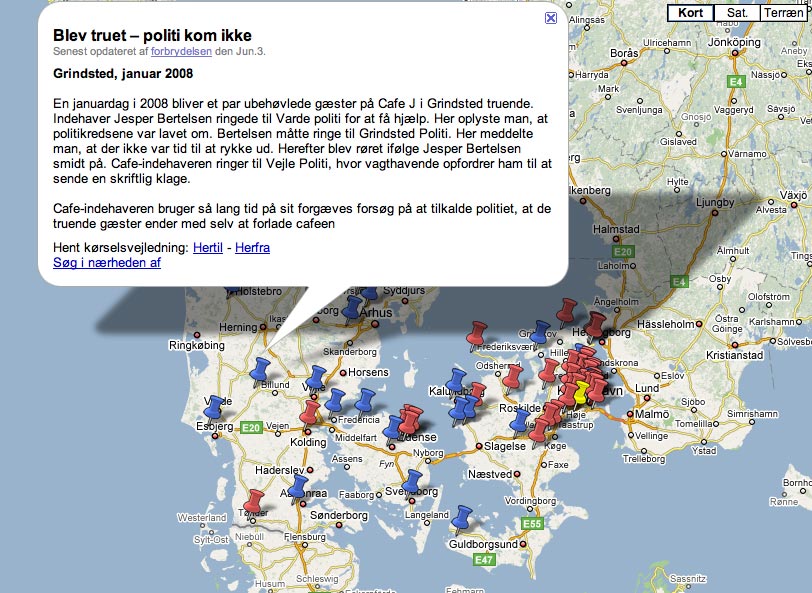Kristine Lowe asks, is there a business model in covering the media for the media?:
(Disclaimer: Kristine works part-time for the Norwegian journalism magazine and website Journalisten and has previously contributed to Press Gazette and NA24 Propaganda)
Recording the miserable state of our industry, and listening to experts predicting its imminent death, is a daily plight for media hacks in the western hemisphere.
Newspaper readership for one seems to be in perpetual decline, a fact often bemoaned by the media columnist.
However, a recent article in MediaGuardian by former Press Gazette editor Ian Reeves suggests that the UK’s journalism trade titles, such as the National Union of Journalists’ (NUJ) The Journalist magazine and Press Gazette, are faced with an audience of hacks, who have lost the appetite for news about their own.
“You’ll never make money out of journalists,” Reeves quotes Haymarket’s Michael Heseltine as saying.
Yet that is exactly what the Norwegian equivalent of The Journalist does.
Journalisten.no recorded £1.4 million in revenues in 2007, despite competition from Kampanje (Campaign) – a trade magazine that also covers PR and marketing; NA24 Propaganda – a dedicated media news site; and the media sections of national and regional newspapers.
Roughly £800,000 of this came from advertising and £300,000 from subscriptions, leaving the magazine and news site, which are published by The Norwegian Union of Journalists (NJ), with a post-tax profit of £104,000.
Hardly enough for the hardened business world, but more than enough to justify the existence and further expansion of a ‘local newspaper’ for the country’s journalists.
The news site had 11,000 unique Norwegian-based visitors last week, while the main benefactors of the bi-weekly magazine are around 10,000 union members, who receive it as part of their union membership.
Other than union members, the magazine does have about 1,000 subscribers in the corporate and NGO sector, but not much has been done to market it to a broader audience recently.
The key to Journalisten’s revenues has been capturing the job classifieds market for media jobs, which is easier said than done in a more fragmented market such as the UK. Another minor stream of revenue for Journalisten is a database of PR contacts.
But Journalisten is hardly an isolated example: US-based media site Mediabistro, which also earns money from freelance listings, membership fees and training, must have had a decent turnover to have made it a worthwhile acquisition for Jupiter Media.
Swedish Résumé, owned by Swedish media giant Bonnier, is another contender with 15,000 unique visitors per day online and 29,000 readers per week for its magazine.
These are just two examples which spring to mind here and now, does anybody have other suggestions?





